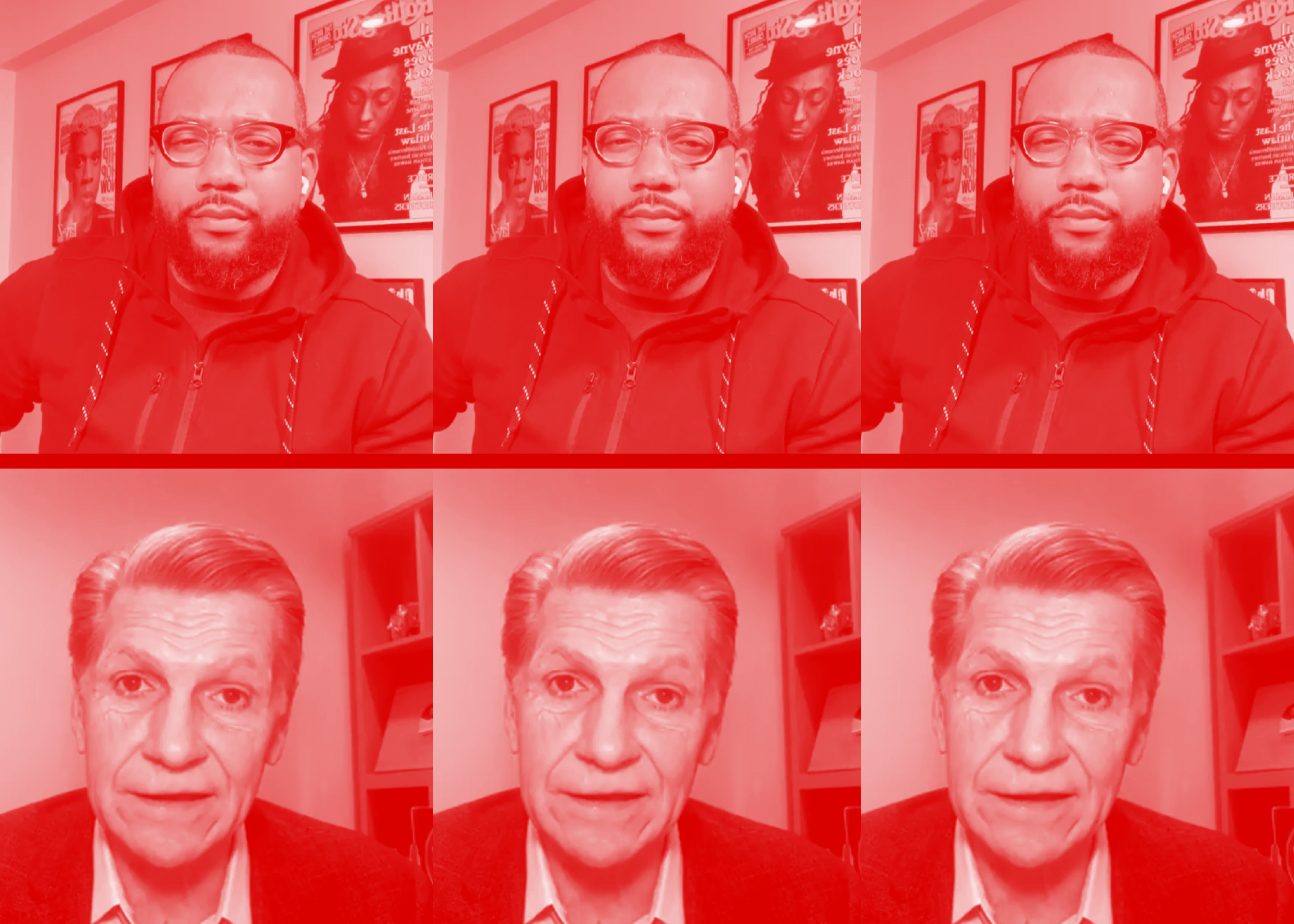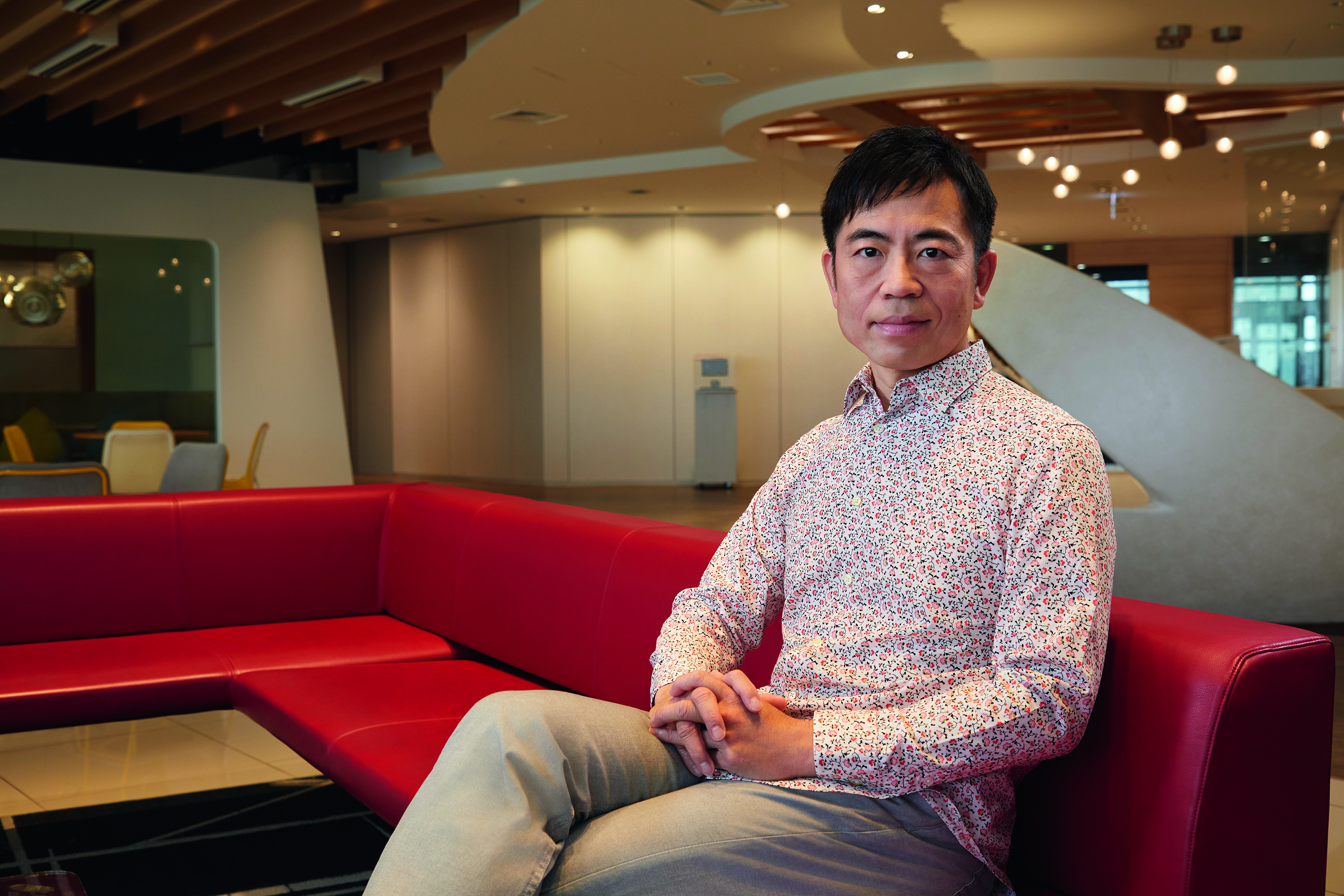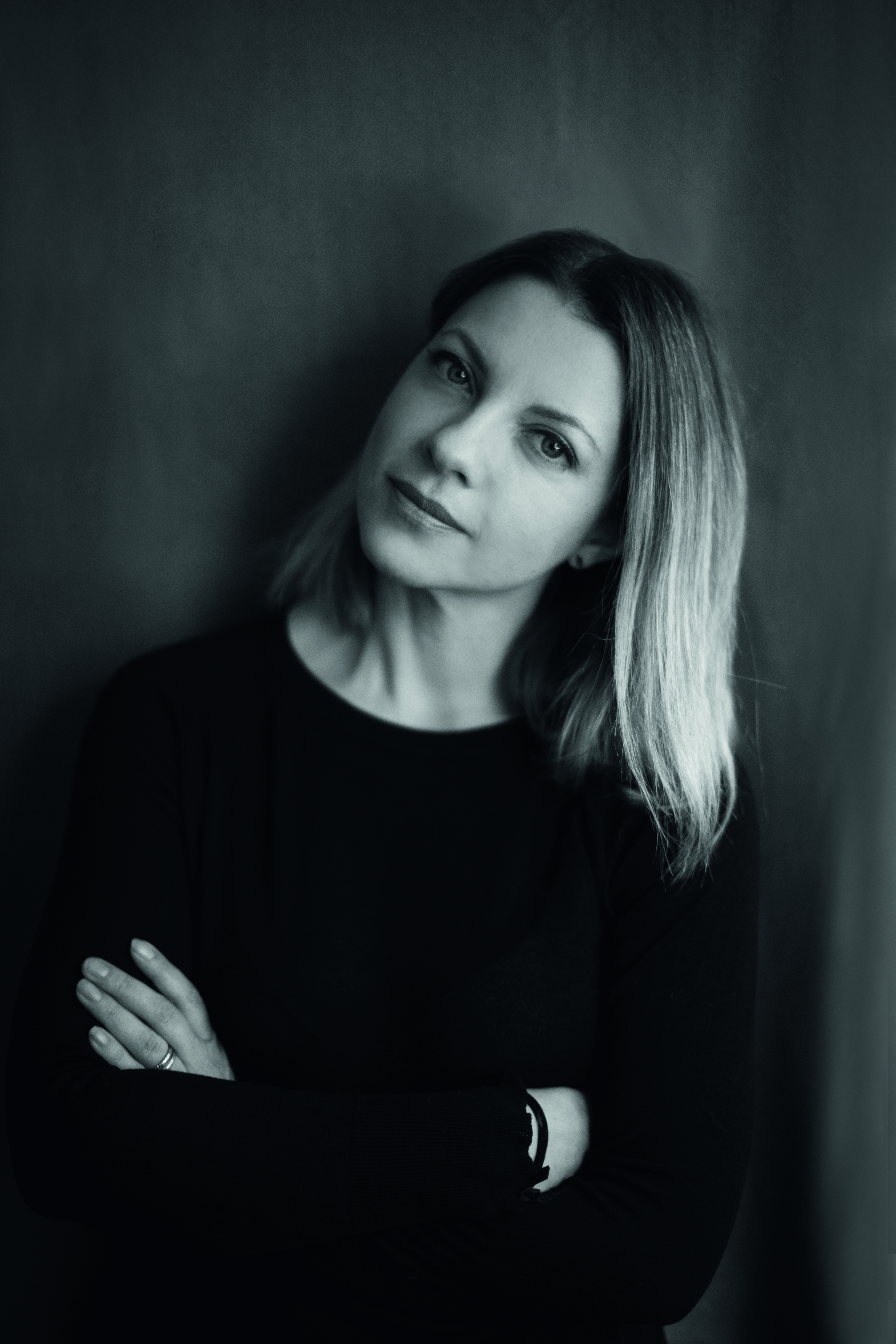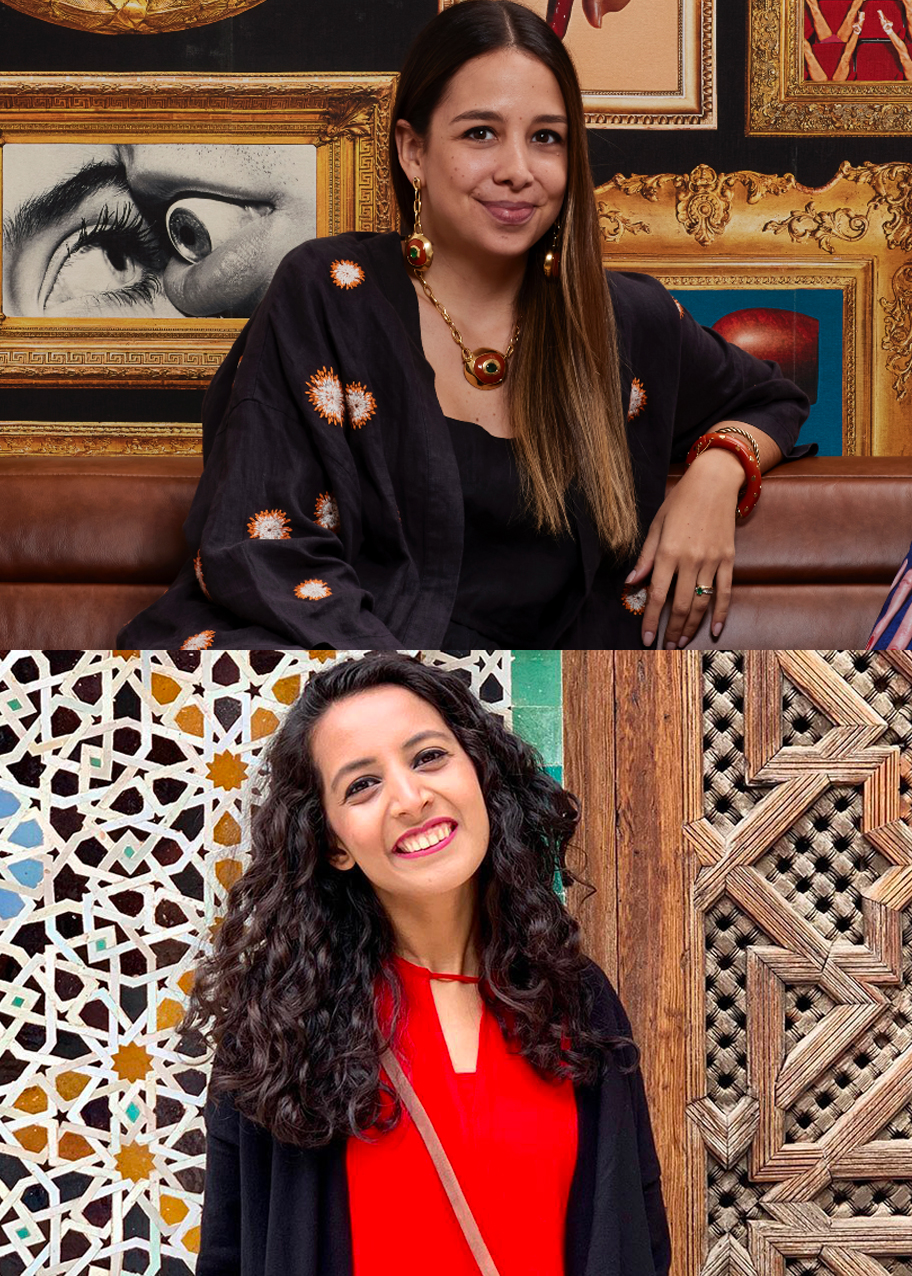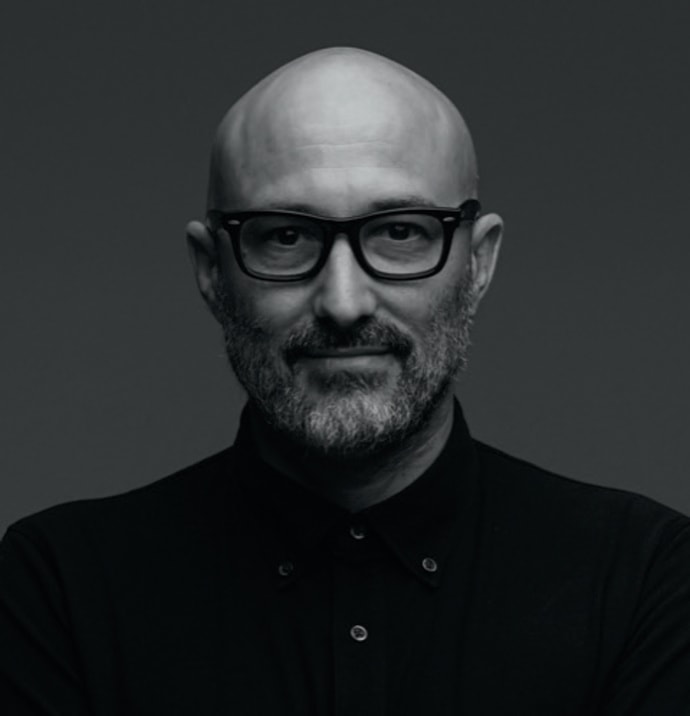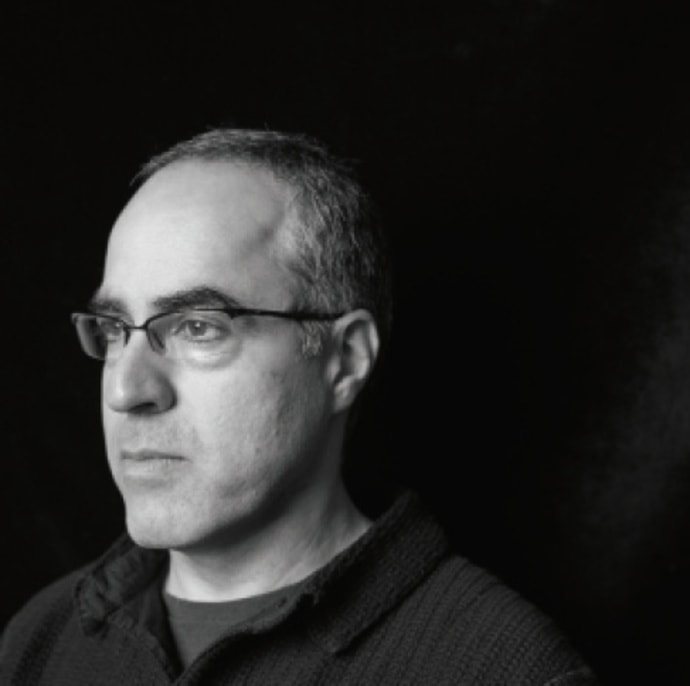As Global Chief Creative Officer of Huge, Fura Johannesdottir has come a long way from her childhood summers spent on an Icelandic farm. After a degree in psychology, she moved to New York and studied at Parsons School of Design. From there she found her way into a starry and long career at R/GA, followed by a spell at Publicis Sapient before landing her current role. She opens up about her experience in the creative industry and the challenges of major change at the one-time digital pioneer that has transformed into a creative consultancy focused on unlocking growth for clients.
L[A] So where are you from?
FJ I’m from Iceland. I moved to New York in 2003. I was there for 11 years and then I moved to Stockholm for two years and then I came to London, where I have been for about seven years.
L[A] How many offices does Huge have?
FJ In 2021, Huge moved to a fully-flexible working model and by 2022, we had closed most of our 13 physical offices, but we have talent working across North America, Europe, Asia, Australia, and Latin America.
L[A] What’s in Colombia? That seems to be an outlier.
FJ We have around 100 designers there and a lot of technologists as well.
L[A] Is it a good place to hire people?
FJ It is. It is great, filled with lots of exceptional talent. It used to be even better but more competitors have moved into the market, and then Apple and big tech. In the beginning, we had no competition. [Laughs]
L[A] You have a farming background from Iceland, yes?
FJ My grandparents used to … I spent all of my summers at the farm. Then I bought the house a few years ago and I’m renovating it. I don’t own the farmland.
L[A] That’s a nice project to have.
FJ It’s amazing because it is physical labor but also with design elements.
L[A] You do the physical stuff yourself?
FJ We’re doing it, me and my brothers and my parents, fixing the house.
L[A] As an adult, your longest period would have been in New York so far?
FJ I was in Iceland for a few years professionally. Only three years, I guess, working in this industry. Then 11 years in New York.
L[A] How big was R/GA when you joined?
FJ Probably around 300 people. We were just in one building. Bob Greenberg was a fantastic leader. He’s very bold. Shortly after I joined, that building started to really fill up and we started to move around and open up different floors in other buildings. That was in 2005, a long time ago!
L[A] You were there for quite a while.
FJ I was there for a really long time. I was very lucky. No one would hire me today with what I had brought to the table. Because of that, I look at talent quite differently than many others. I don’t think it’s necessarily about being able to do the technical work because you can always learn that. What’s more important is that you are open to people who are not afraid of experimentation and exploration. I don’t know why they hired me. My portfolio was a mess.
L[A] How do you spot that in somebody?
FJ You may see with the talented, that they’re brave. They’re not afraid of doing something stupid. Sometimes they have good insights and rationale for why they made a decision that they did, even though the execution might have not been the right one. This bravery is something that I look for because all designers need to be conceptually brave and strong.
Lately, designers, specifically digital designers, have been taught the craft, the execution process. There is a method to everything and there are best practices and they follow that like it’s a ritual. I want something a bit more spicy. I prefer people who surprise me in the interview. You hire the attitudes and you hire the mind and, obviously, they usually have some kind of execution skills. It’s specifically true for what I call ‘experience designers’. Perhaps it’s more difficult with visual design because that is such a fine craft.
It’s almost like the people I am looking for have a bit of foresight. The best people out there are people who are obsessed with the future, obsessed with what’s next and how that’s going to shape the next wave of creativity.
There are three elements that are core to really strong creatives. It is obviously the craft itself, the root craft that they have, whatever that might be, and lastly, the writing. But the other thing is a business mindset. I don’t think that’s looked at often enough. For instance, are you someone who understands businesses and how they operate? At the end of the day, our job is to grow business, to find some kind of growth. If you don’t have that element, that’s a miss. And I want to see in creatives this drive for innovation, this fearless creativity that needs to be at the core. That’s often the missing piece.
L[A] So let’s bring the conversation to how you apply this thinking in the present. Tell us what you’re working on at Huge.
FJ Huge has been on an enormous 18-month journey, transforming from a digital design agency into a creative consultancy. We have been turning every stone around. With this, we have shifted to a global structure and by the end of 2022, we had closed most of our 13 physical offices. We now operate on a fully-flexible workplace model which allows talent to thrive in a manner that best suits them. With this, we saw the opportunity to open a Global Experience Headquarters, which will open in the Brooklyn Navy Yard in New York in 2023. We have also productized our company, meaning that we have methods to do things. Instead of reinventing the wheel every time, we have pre-packaged offerings that drive substantial and sustainable growth for clients, with data and insights at the forefront. We have just really rethought everything. Another example of this is my decision to merge the creative team into one team.
L[A] How many people are involved in this?
FJ Around 1,200 talents have been involved in the transformation. Personally, it’s been one of the most difficult things I’ve ever done in my life. It’s really born out of realizing that agencies as they are today are not working and the model is broken. We have no time to innovate and creativity has been suffering as a result. We needed to reinvent ourselves to get out of this and we did this by adopting a productized approach, focusing less on the number of hours or the talent placed on a specific project, but rather the outcomes and tangible business results.
L[A] When you think of some of the best creative agencies, or highly creative companies in any sector, they are in a position where the clients know they want to work with the company for its outcome, not the price.
FJ Yes, it is the outcome that must be committed to. So why are we squeezing talent? As a client you need to know what the outcome must be and what it will cost, but not how many people you have working for you in the agency or time spent. You don’t need to dictate the team or handpick the talent because we will do that. That’s our job. We are the experts. As a business, and in the creative industry, we need to get out of the grinder, to be honest.
L[A] How do you structure your creative offerings and team for this new way of working?
FJ I’ve super-simplified this into three areas. The first thing is around a new value proposition creation. That’s about helping companies, whether it’s connecting with a new audience or introducing new service offerings. We have to look at how we define this, package it up and build confidence with the client that they know that they’re going to get real business results. The second thing is really around the new frontiers because the technical world is changing so fast right now. How are you going to take them into a world where they can consider the impact of generative AI and blockchain? I think NFT was the wrong conversation to have.
Blockchain is not going away, nor will whatever the metaverse is going to be. Apple has now come out with its new headset … is their whole world about to change? It’s our job to help clients navigate new frontiers that can drive growth for the business. And then we have to be able to help our clients adopt and change because the whole landscape might be shifting. Will they even need a website? Connected to this is the idea of creating stronger, more relevant connections between brands and customers. So, probably not a banner ad here or an out-of-home there. How do we connect to customers in this brand-new world? It will be a whole different way of doing it. Of course, this doesn’t mean that we’re not doing a whole lot of websites right now. [Laughs]
L[A] How do you have a team that is able to deliver on this thinking?
FJ You must have magical people on the team to lead the way who already possess this way of thinking. I think people who are passionate about creativity, they’re always going to be curious. At Huge, I’ve structured the team into core crafts: storytelling, experienced designers, which include those more of a systematic thinking, and business designers, who obsess about sustainability and sustainable design. Then the third craft is the visual design team, the pure craft which goes all the way from brand designers to interface designers and everything in between. That’s how I’ve set up the team. And I have this thing that we call the Edge Collective.
L[A] Is this a bit of an elite group?
FJ Not elite, but they’re the navigators. Their job is to inject thinking straight back into the teams. They sit in the design communities and their job is to be back and forth so that we may get people across the whole company to adopt and change. Everybody wants to be innovative and creative at the end of the day but sometimes they are stuck.
L[A] How?
FJ Sometimes they’re stuck in production work. And production work is increasingly going to go away. So they need to pivot. This is a strategy to help them.
L[A] What’s going away?
FJ Banners, websites, and even phone applications. The creatives need to push harder now than they’ve ever done before because the day-to-day job is changing drastically. I think it’s actually a great time. I feel like we’re back in the year 2000 a little bit where everything is new and you have no idea how it’s going to turn out but you have to embrace it. That’s really the journey that we’re on, which is to redefine creativity around those areas. As I said, we’re still doing a lot of websites. We still do advertising. But how will this look like a year or so from now? Probably very different. Very different. Regardless, at the end of the day, this transformation is very much client-centric and more broadly human-centric. By this, I mean that both the needs of businesses and their users are changing, and with that, it was critical for us as a company to adapt and provide new solutions that generate long-term growth.
Fura Johannesdottir is Global Chief Creative Officer of Huge.
